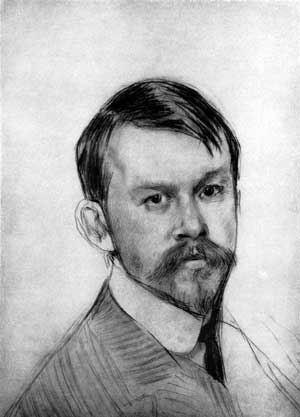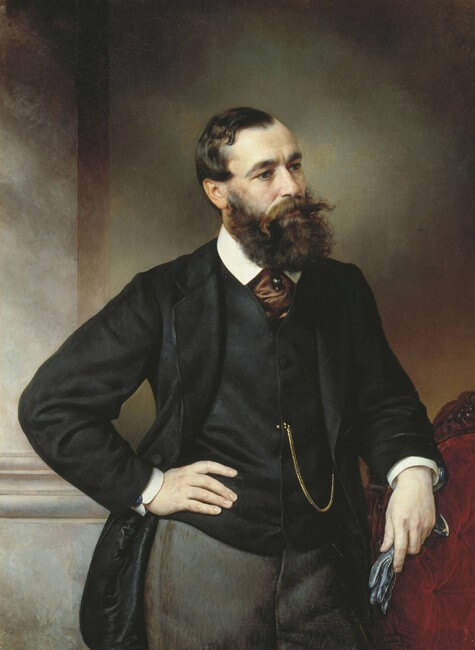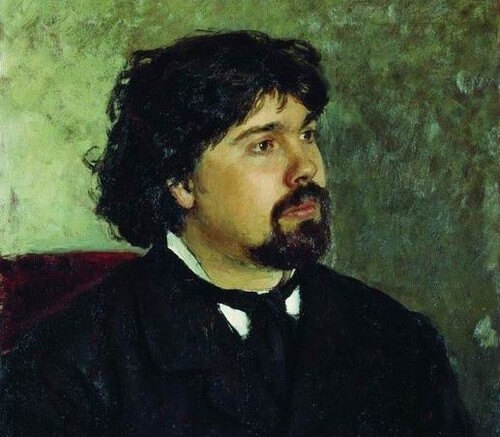The Last Supper Leonardo da Vinci - Description, Meaning, Analysis, History
The Last Supper - da Vinci. 1494-1498. Oil and tempera on plaster. 460 x 880 cm
The fresco work titled “The Last Supper” was created by Leonardo da Vinci in 1495-98 inside the monastery frater in Milan, to depict the Christ’s last supper with his disciples.
The main subject of the controversy is the moment depicted in the fresco. Maybe the most likely version says it this is the moment immediately following Jesus uttering the phrase: "Today one of you will betray me." The apostilles get shocked, and the painting conveys their tempestuous emotional reaction to these words.
There is virtually no empty space left between the apostles, they are all arranged in compositional triplets, however each of them reacts in his own way. The viewer is separated from the plot of the painting by the table, which prevents him from becoming a part of the plot, distancing the present from the historical point of the past.
In earlier works on this topic, Judas was frequently shown on the opposite side of the table, but on this one you can see him sitting next to Christ. He squeezes a pouch with the very those same thirty shekels, and with his whole body he backs off Jesus, as if in dismay, his face is in shadow.
Despite the turmoil of the people around, the central figure of Christ is a piece of confidence, composure, and humility. His eyes are lowered, and the appeasement is in his face. His hands are pointing to the bread and wine which are on the table, to remind the viewer of the sacrament of communion.
The entire picture is both a contradistinction and a moment of unity between the divine and the human: the affectivity of the apostles dissonates with the serene Jesus and his acceptance of his own fate.
The experiments Leonardo made with combining tempera and oil paint, and painting on not wet but dry plaster, caused the technical execution to be short-lived. The fresco started to deteriorate straight after completion, since the paint could not be firmly attached. And even though the painting has been preserved so far, its condition leaves much to be desired.
Comments (0)
Top
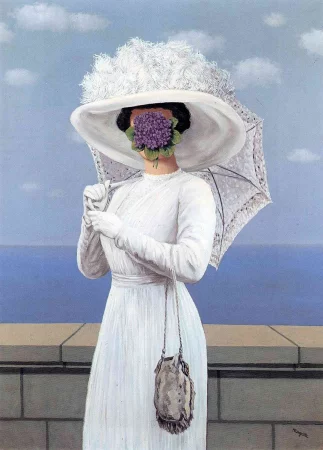 Painting The Great War, Rene Magritte - Meaning and Analysis
Painting The Great War, Rene Magritte - Meaning and Analysis
The Great War - Rene Magritte. Canvas, oil. 81 x 60 cm...
10.10.23
1 492
0
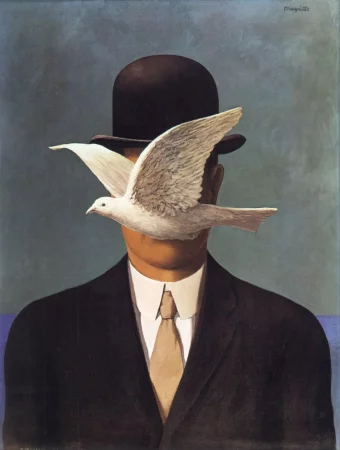 The man in the bowler hat, Rene Magritte
The man in the bowler hat, Rene Magritte
The man in the bowler hat - Rene Magritte. Canvas, oil. 70 x 50 cm...
06.09.23
3 270
0

